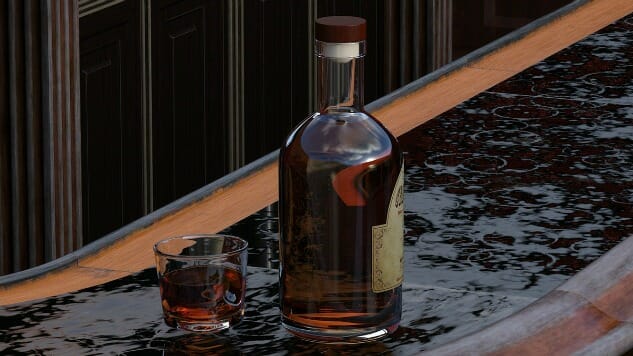Ask the Expert: What’s the Difference Between a Liquor’s ABV and Proof?

A few weeks ago I ended up in what turned into a heated debate about alcohol proof and ABV. While out drinking, a friend of a friend remarked that he had a bottle of 100-proof liquor at his house, which was, in his words “straight alcohol.” As he understood proof, the fact that it was 100 proof meant that 100% of the liquid inside was alcohol. He was wrong.
It’s a common misconception that the proof of a particular bottle of alcohol is similar to its ABV, but that just isn’t true.
-

-

-

-

-

-

-

-

-

-

-

-

-

-

-

-

-

-

-

-

-

-

-

-

-

-

-

-

-

-

-

-

-

-

-

-

-

-

-

-








































